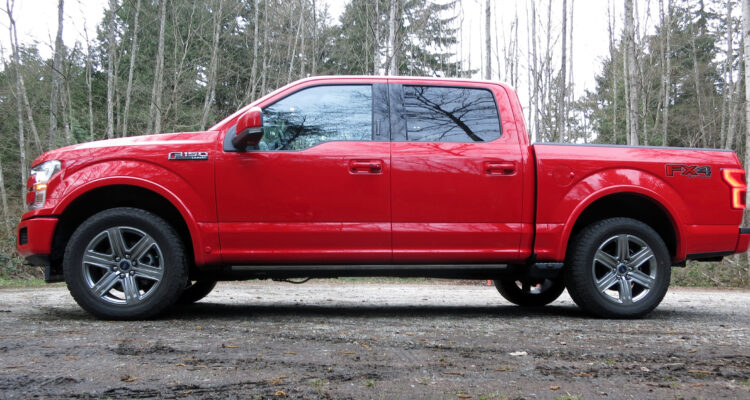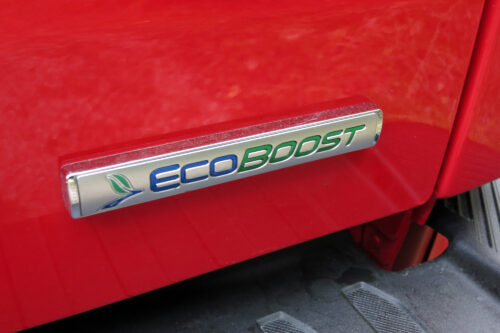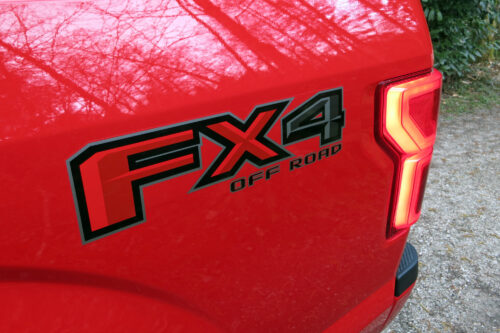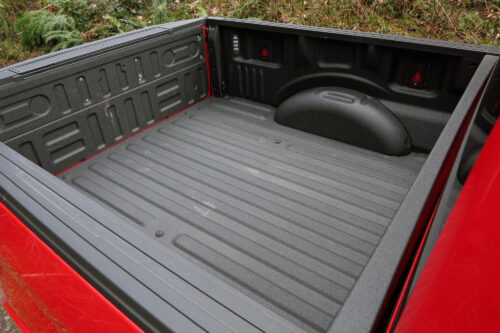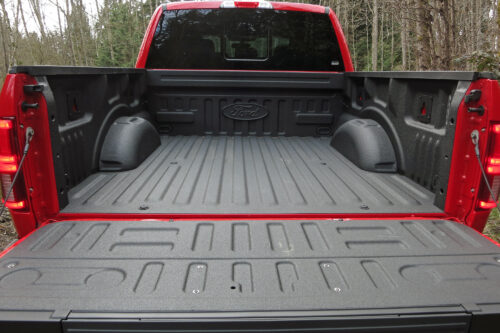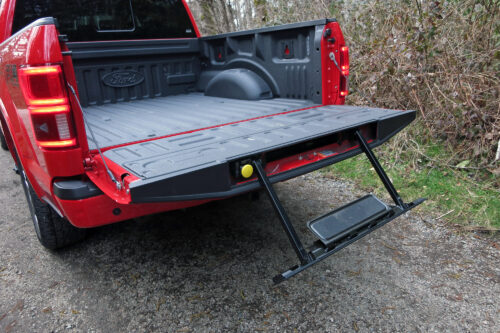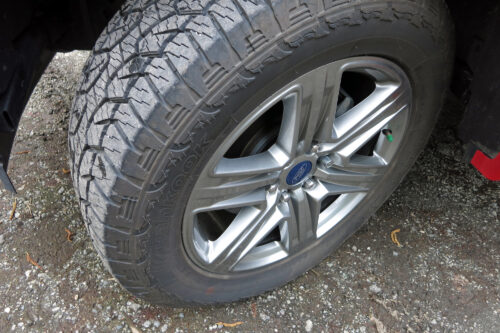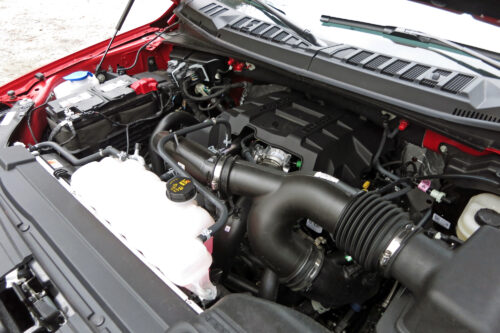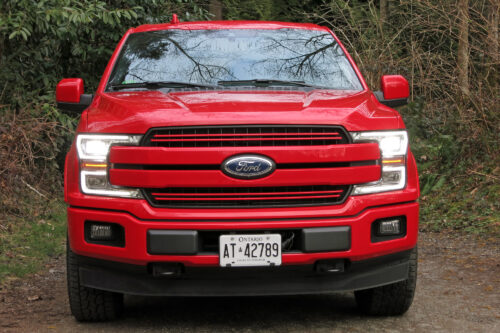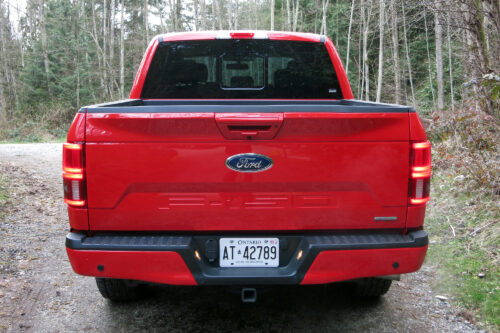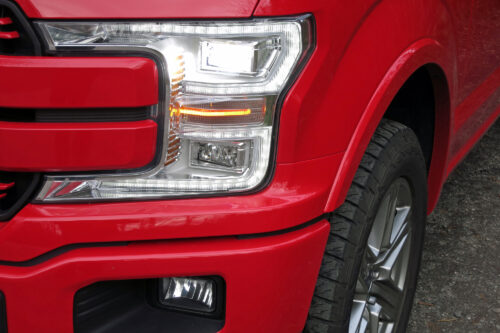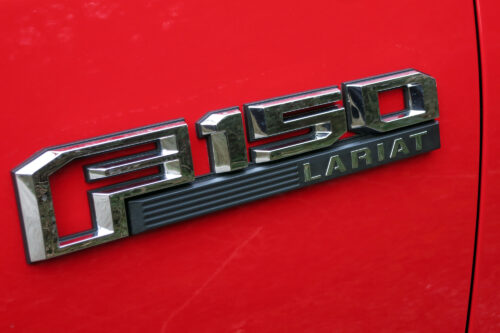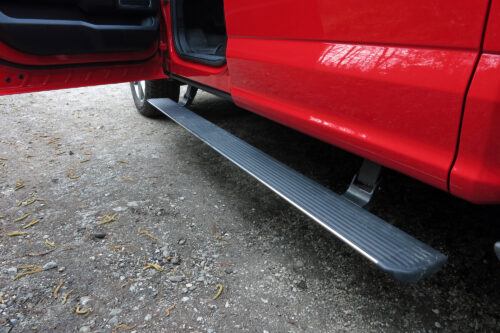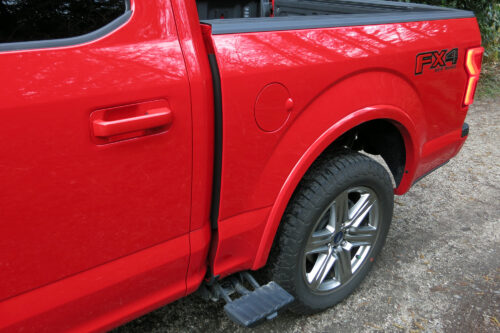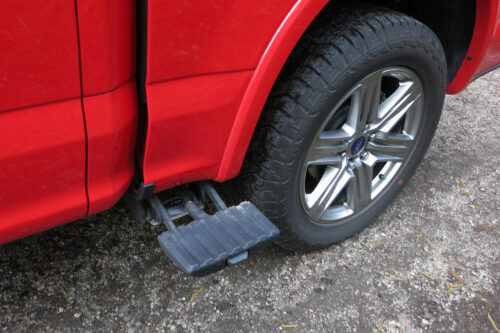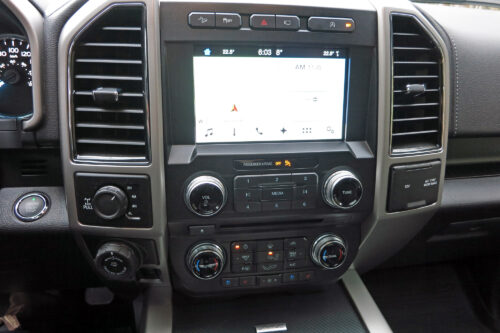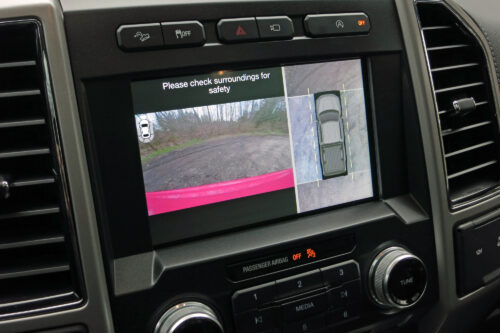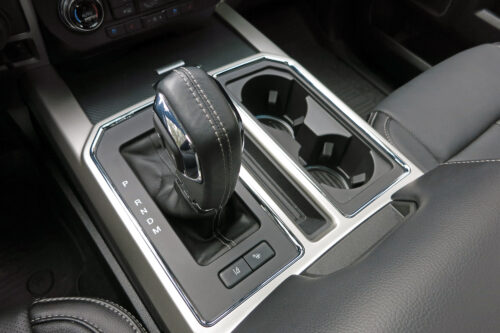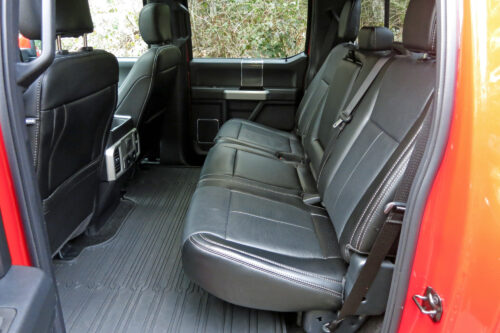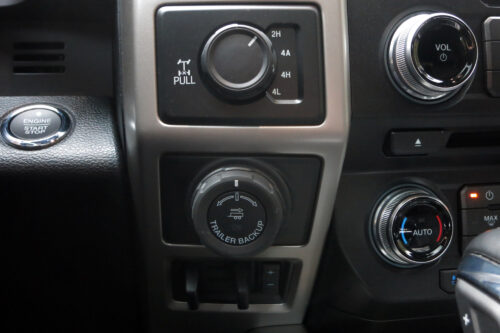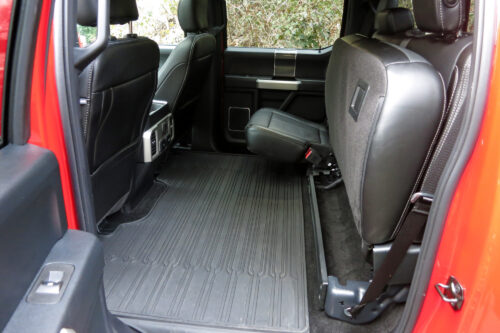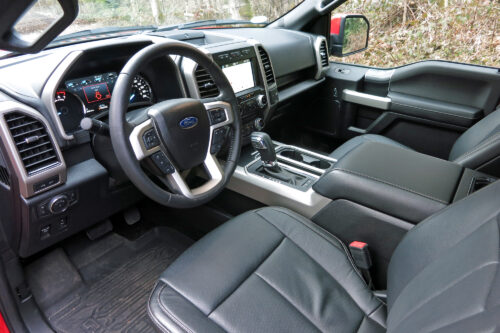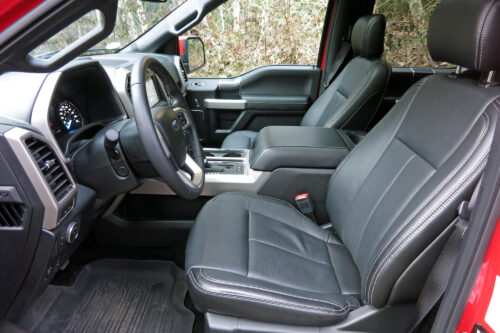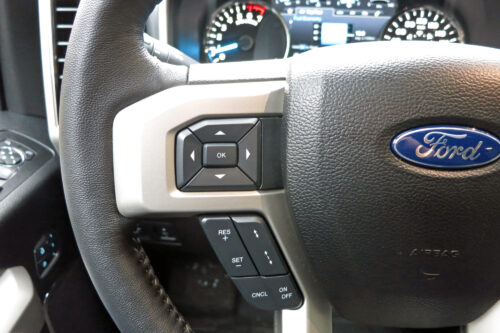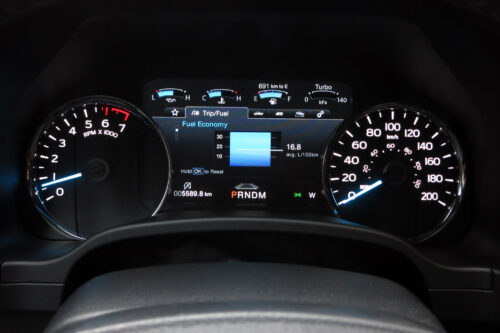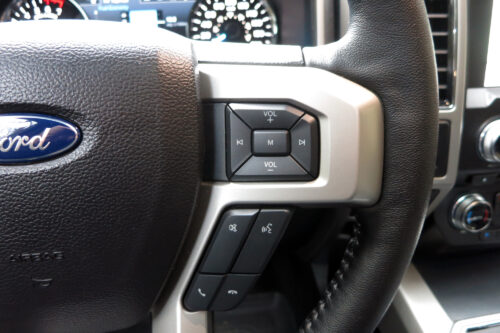That thing got a 2.7 in it?”
It wasn’t many years ago that Dodge launched a TV ad campaign in which we saw some “good old hillbillies” asking RAM drivers if “that thing got a Hemi in it?”
The tongue-in-cheek ads touted the performance of the RAM’s 5.7L Hemi V8, which back then pumped out 345 horsepower and 375 lb-ft of torque.
Today’s version of that memorable ad campaign might well have a pair of hipsters asking F-150 drivers, “that thing got a 2.7 in it?” And the answer would be and enthusiastic “yes” if asked in relation to this week’s vicariousmag.com tester.
With half the displacement of the Hemi, Ford’s newly fortified 2.7L twin-turbo V6 develops 325 horsepower and 400 lb-ft of torque in the 2018 F-150. While doing so, it far exceeds the old Hemi’s fuel-efficiency.
In fact, fused to a new cutting-edge 10-speed automatic transmission, the F-150 powered by the 2.7L mill is rated at 12.6L and 9.8L per 100km city and highway driving respectively. Those are smoking good numbers for a full-size four-wheel-drive pickup truck, but not quite what I achieved.
My week with the F-150 Lariat consisted largely of city driving, during which the best return I could muster under a gentle foot and with an empty box was 14.6L/100km. More often, something in the 15L range was the outcome, which likely still exceeds the return of the F-150’s optional 5.0L V8 engine or 3.5L EcoBoost V6 power plant.
Prospective F-150 buyers shouldn’t turn their backs on the 2.7L powerhouse in the mistaken belief that no truck worth a bag of nails would be powered by an engine sized more appropriately for a golf cart.
The robust little mill will surprise skeptics with remarkably potent acceleration combined with an impressive tow-rating of 3,447kg (7583lbs). Torque at low-end is commendable, hitting its full stride at just 2,750 RPM. Factor in a total of ten cogs, and immediate power output can be relied upon at any speed.
While the 2.7L engine is quiet and unobtrusive in its routine, it doesn’t deliver the melodious sound signature of the V8, which many truck-types perceive as “true” truck dynamics. Also, the frequent shifting of the transmission – while smooth enough – may undermine the “truckiness” expected by diehards in their F-150s.
For traditionalists, the 5.0L V8 may be a better choice, but only from the retro-notion of what a truck powertrain should be. Modernists will be more accepting of the much smaller 2.7L EcoBoost fused to a 10-speed autobox.
Along with a total of five engine choices, the F-150 offers a multitude of option packages and standalones to outfit one’s truck as a workhorse or a luxury cruiser – or simply both.
My Lariat-trimmed tester seemed to fall in the latter category with its realistic combination of the two spectres. I particularly liked the remote-release tailgate, which could be dropped using the key fob.
The tailgate also held a nifty pull-out step and rail to provide easy access to the bed without the need to qualify for Circus Soleil. There are also thoughtfully located pop-out steps positioned next to the pop-out running boards that provided lift to help reach cargo at the front of the bed.
Moving inside, I found a massive well-appointed cabin. Some nice touches included heated and cooled front seats, heated rear seats, a heated steering wheel, and premium audio by B&O. Unlike RAM trucks, Ford continues with a large shift lever consuming much of the storage space in the centre console.
RAM has repositioned the shifter to the dash, using a rotary dial to select gears. Doing so has given the RAM much more room and flexibility in their centre console versus the F-150’s setup. Nonetheless, Ford has made good use of other storage cubbies and cup-holders throughout their SuperCrew Cab.
On the road, the F-150 delivers plenty of absorbency over rough roads. The cab remains quiet, allowing notably little road or wind noise to remind one that the comfort in which they relax is supplied by a truck.
While ride quality is good, the traditional leaf-spring rear suspension seems to produce greater jounce than the RAM’s more-supple coil-spring setup, but personal preferences here should apply.
While the on-centre feel of the F-150’s steering is clear, helping the vehicle to track precisely despite its large aggressive tires, I found it feeling dull and excessively springy when executing turns. Yes, I realize that it’s a truck, yet I think the steering feel could be better more natural than virtual.
Despite my few quibbles, the Ford F-150 remains King of the Sales Charts, and for good reason. With the addition of a feistier 2.7L EcoBoost engine and a 10-speed transmission, the F-150 now offers a powertrain that delivers improved fuel-economy without sucking the life out of performance.
“That thing got a 2.7?” You bet!
2018 Ford F-150 Lariat SuperCrew
Price as tested (before taxes): $71,899.00
Configuration: 2 or 4WD pickup truck
Engine/transmission (as tested): 2.7L gas engine / 10-speed automatic transmission
Power: 325 horsepower / 400 lb ft torque
Fuel-economy ratings (L/100km): 12.6L city / 9.8L highway
Warranty (basic): 3 years / 60,000 km
Competitors: Chevrolet Silverado, GMC Sierra, Nissan Titan, RAM 1500, Toyota Tundra
Related links:
Ford Canada
Driving.ca



